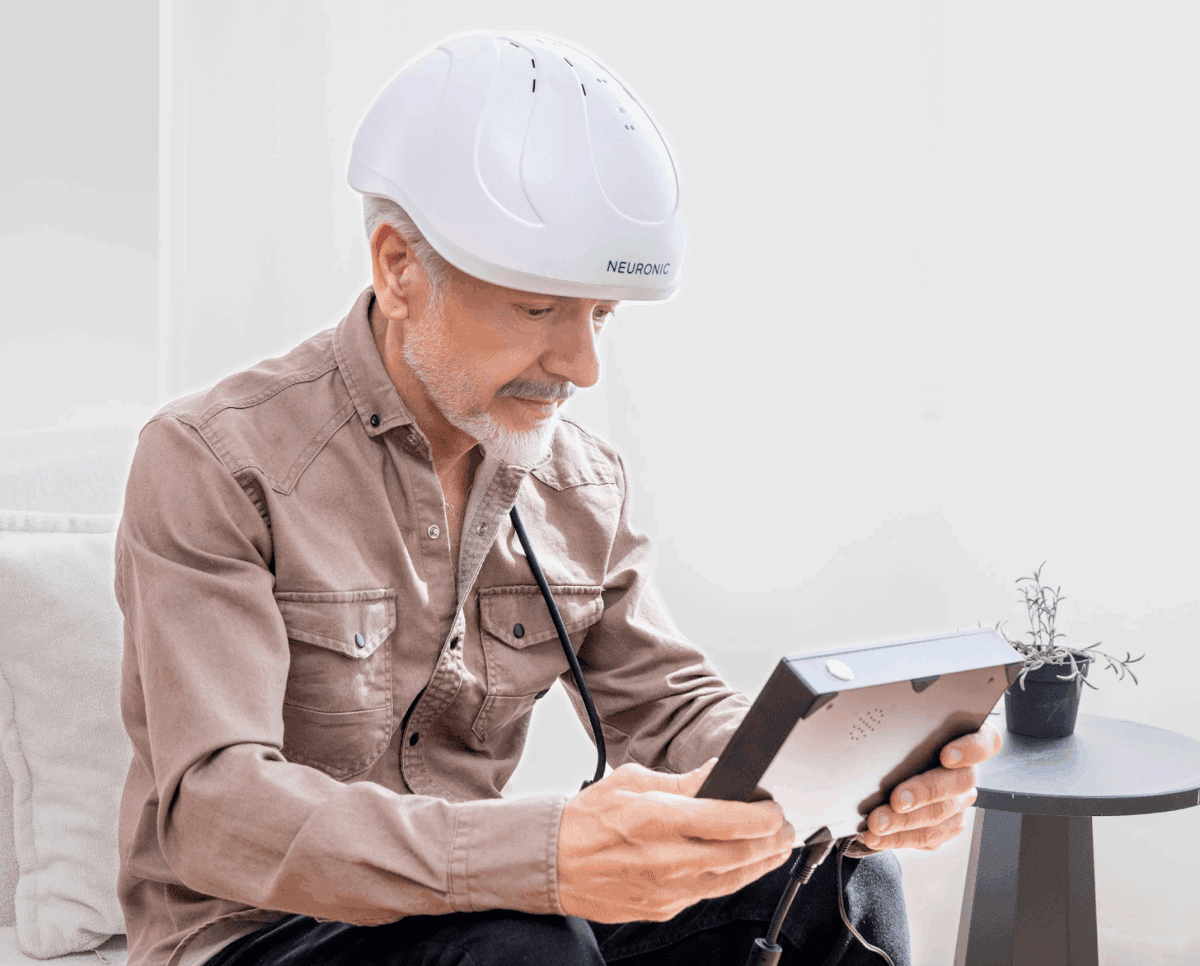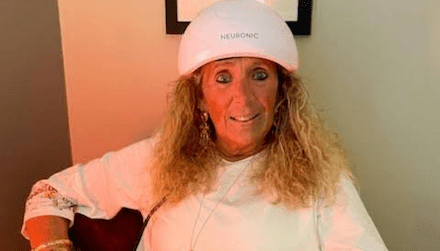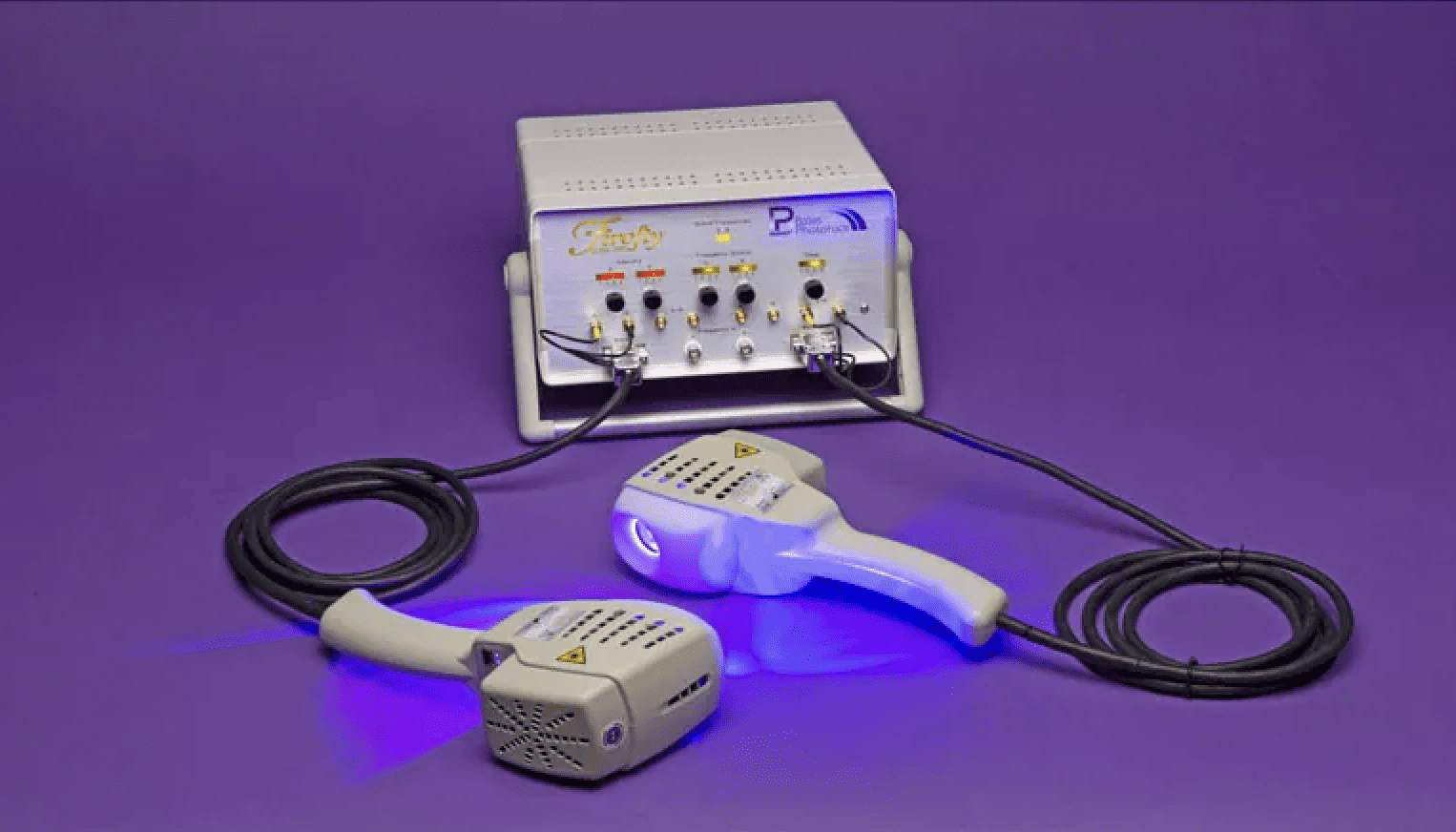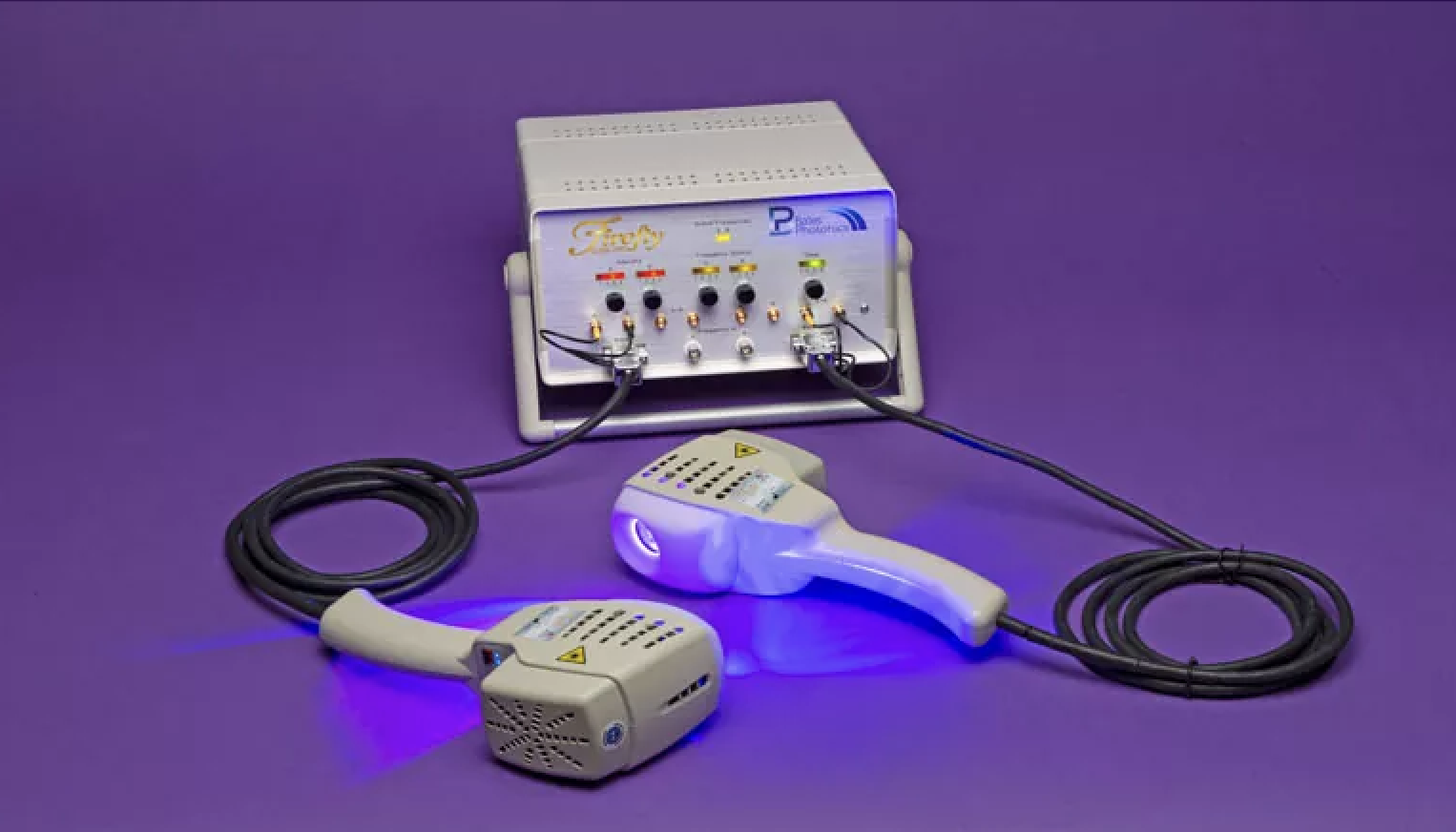How a Red Light Therapy Helmet Can Boost Brain Health and Mood
Dr. Susan L. Marra is excited to introduce one of the most innovative tools in brain-focused healing: the Neuroradiant 1070 Red Light Helmet, also known as the Neuronic Helmet. This advanced, medical-grade red light therapy helmet offers new hope for individuals struggling with brain fog, mood challenges, cognitive decline, and neurological dysfunction caused by chronic illness or aging.
What Is a Red Light Therapy Helmet?
A red light therapy helmet uses low-level near-infrared light to stimulate the brain’s cellular function, support tissue repair, and reduce inflammation. The light penetrates the skull and interacts directly with mitochondria, the “power plants” of your cells, boosting ATP production and helping your brain perform at its best. Think of it like giving your brain cells a much-needed energy boost so they can do their jobs more efficiently.
Historically, red light therapy has been proven to improve circulation, accelerate healing, and reduce inflammation. When targeted to the brain, those same benefits can translate into sharper memory, a more balanced mood, improved sleep, and better focus. Many people describe feeling mentally clearer and more emotionally grounded after just a few sessions.
Introducing the Neuronic Helmet (Neuroradiant 1070)
The Neuroradiant 1070 Red Light Helmet is a state-of-the-art medical device engineered to deliver 1070 nm red light to the brain at varying pulse rates, intensities, and durations. It’s far more advanced than other consumer-grade light therapy devices and is carefully calibrated for therapeutic impact on brain tissue. This device targets deep brain structures responsible for mood, memory, and executive function.
Brain Health Benefits of a Red Light Therapy Helmet

Dr. Marra uses the Neuroradiant 1070 to help optimize and restore several key brain functions. Patients may experience improvements in:
- Memory creation, storage, and recall
- Clarity of abstract thought
- Deep, rejuvenating sleep
- Focus and executive function
- Mood regulation
- Symptoms of depression and anxiety
- PTSD and emotional trauma recovery
- Fine motor coordination in hands and feet
- Neurocognitive and neuromuscular performance
Many of Dr. Marra’s patients come to her after years of chronic illness or brain-related symptoms that conventional medicine hasn’t resolved. This red light therapy helmet offers a gentle yet powerful way to support long-term recovery and brain resilience.
Who Can Benefit from the Neuronic Helmet?
The Neuronic Helmet can benefit a wide range of individuals, especially those dealing with chronic, neuroinflammatory, or degenerative issues. You may be a good candidate if you’re managing:
- Chronic Lyme disease or co-infections
- Alzheimer’s or Parkinson’s disease
- Traumatic brain injury or stroke
- Mold toxicity or biotoxin-related brain fog
- Long COVID or post-viral fatigue
- Autoimmune neurological disorders
- Cognitive aging or early-stage memory loss
- PTSD, ADHD, anxiety, or depression
- Coordination issues or fine motor dysfunction
Red light therapy is also valuable for healthy aging adults who want to maintain a sharp, high-performing brain well into their 80s and 90s.
Personalized Treatment with the Neuroradiant 1070 Helmet
Dr. Susan Marra begins each red light therapy program with a Cognivue brain assessment, which is a noninvasive evaluation of cognitive function that helps identify areas for support.
From there, she develops a treatment plan tailored to your individual needs and sensitivities. Dr. Marra follows a “start low, go slow” protocol, gradually increasing exposure to light therapy to ensure your brain adapts safely and effectively. She carefully monitors your response and adjusts session duration and intensity as needed.
“There is a clear therapeutic window for all red light wavelengths, especially when delivered to the brain,” Dr. Marra explains. “Too little will have no effect, but doing too much could have a detrimental effect. Starting low and going slow is the best way to proceed with red light therapy delivered directly to the brain.”
Is A Red Light Helmet Therapy Safe for the Brain?
When used correctly, red light therapy is safe and noninvasive for the brain. It produces no heat, requires no recovery time, and has few side effects. Most patients feel calm, mentally clear, or pleasantly relaxed after a session.
Receiving treatment under the guidance of a trained professional is essential for optimized results. Dr. Marra ensures every session is personalized and safely dosed based on your unique treatment plan.
How to Get Started with Red Light Helmet Therapy
Your first session with Dr. Marra will be gentle, supportive, and focused on comfort. Here’s what to expect:
- A brain health assessment (Cognivue) to measure cognitive function
- Review of your health history, symptoms, and goals
- A measured session with the red light therapy helmet
- Personalized settings based on your brain’s sensitivity
- Education on what to expect after the session
Most patients start with short treatments and gradually increase duration as their brain acclimates to the therapy.
Contact Dr. Marra today to see if red light therapy is right for you.
Ready to Try A Red Light Therapy Helmet for Brain Health?
The Neuroradiant 1070 Red Light Helmet isn’t just a wellness trend; it’s a medical-grade device designed to support neurological balance, cognitive clarity, and emotional well-being. Whether you’re dealing with brain fog, trauma, mood changes, or simply want to stay sharp as you age, a red light therapy helmet may be the transformative tool your brain has been waiting for.
Dr. Marra provides personalized treatment plans using the Neuronic Helmet based on science-backed protocols and a thorough cognitive assessment. She aims to help you feel clearer, calmer, and more focused – naturally and noninvasively. Call Dr. Marra today at 206-299-2676 to schedule your first session and experience the healing power of a red light therapy helmet for yourself.
Read more of Dr. Marra’s blogs and find more patient resources now!




